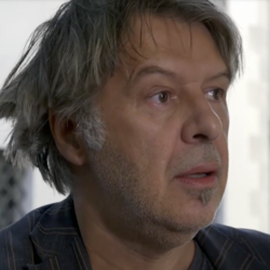Abstract
Some recent research articles (Zhang et al. in Lecture Notes in Computer Science, 10194, 298-313. (2017), Zhang et al. in Discret. Appl. Math. 285(1), 458-472. (2020)) addressed an explicit specification of indicators that specify bent functions in the so-called and classes, derived from the Maiorana-McFarland () class by C. Carlet in 1994 (Carlet in In Lecture Notes in Computer Science 765, 77–101. (1993)). Many of these bent functions that belong to or are provably outside the completed class. Nevertheless, these modifications are performed on affine subspaces, whereas modifying bent functions on suitable subsets may provide us with further classes of bent functions. In this article, we exactly specify new families of bent functions obtained by adding together indicators typical for the and class, thus essentially modifying bent functions in on suitable subsets instead of subspaces. It is shown that the modification of certain bent functions in gives rise to new bent functions which are provably outside the completed class. Moreover, we consider the so-called 4-bent concatenation (using four different bent functions on the same variable space) of the (non)modified bent functions in and show that we can generate new bent functions in this way which do not belong to the completed class either. This result is obtained by specifying explicitly the duals of four constituent bent functions used in the concatenation. The question whether these bent functions are also excluded from the completed versions of , or remains open and is considered difficult due to the lack of membership indicators for these classes.
Publication
Cryptography and Communications

Full Professor, Head of the center